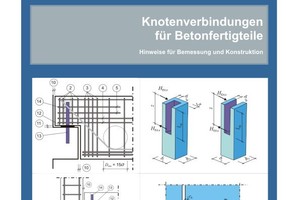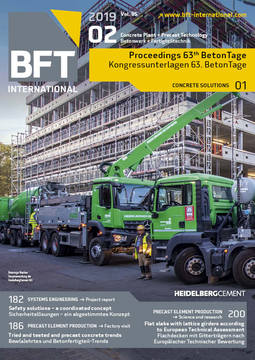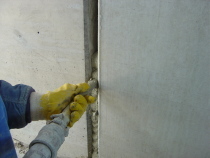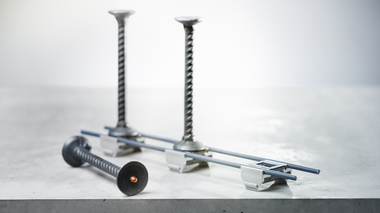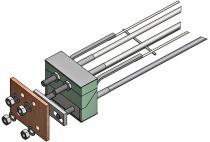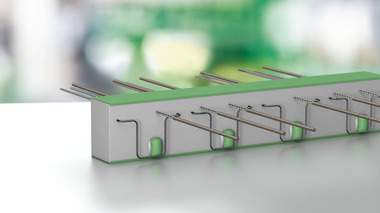The FDB brochure 2.0
In precasting, the individual components are manufactured prior to their installation away from the site and are subsequently assembled on location for the actual loadbearing structure. The connections between precast components must be capable of transmitting the compressive, tensile and shear forces arising over the joints.
The connections between the precast components are of critical significance for the loadbearing capacity and the serviceability of precast structures. The choice of suitable means of connection, moreover, is often decisive for the economy of the structures. Bending components are supported on elastomeric bearings, depending on the intended use and the loads applied, in order to compensate for deformation – for example, caused by deflection – and to transmit the designed supporting forces. Tensile and shear forces, for example are transmitted by shear dowels, welded connections, reinforcement elements or special embedded parts. Abutment of columns or wall elements usually takes place in a mortar bed to ensure uniform transmission of forces without tension peaks.
In 2011, the Fachvereinigung Deutscher Betonfertigteilbau (FDB) published the brochure “Connections for precast components,” which by now has become a standard reference for building with precast components. In the course of completely revising the contents of the brochure for the first time, a number of the main topics were completely replaced. The revised brochure on connections for precast components deals, among others, with the following topics:
Half joints
Corbels
Abutting columns
Foundations
Frame corners
Composite sections
The brochure, moreover, contains more than 100 figures and 27 design sketches for facilitating the design and detailing of connections in precast construction. The brochure will be published in a revised edition in mid-2019 (see //www.fdb-fertigteilbau.de" target="_blank" >www.fdb-fertigteilbau.de:www.fdb-fertigteilbau.de).

